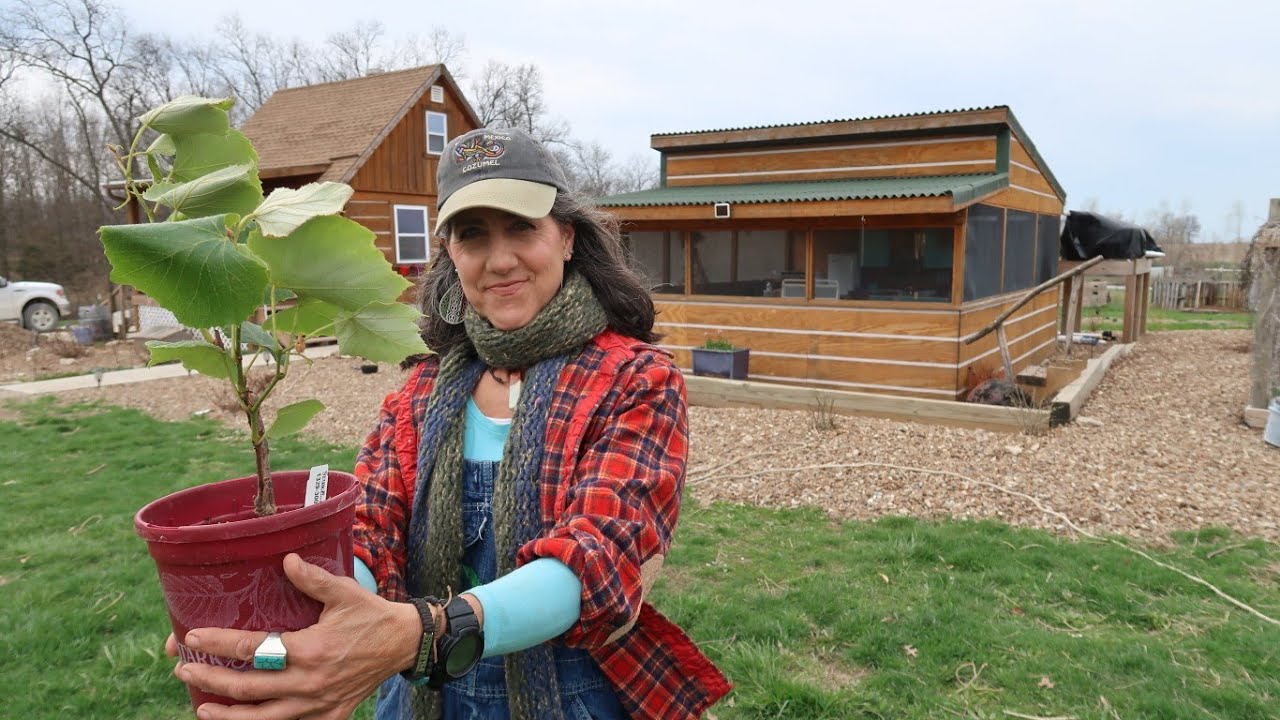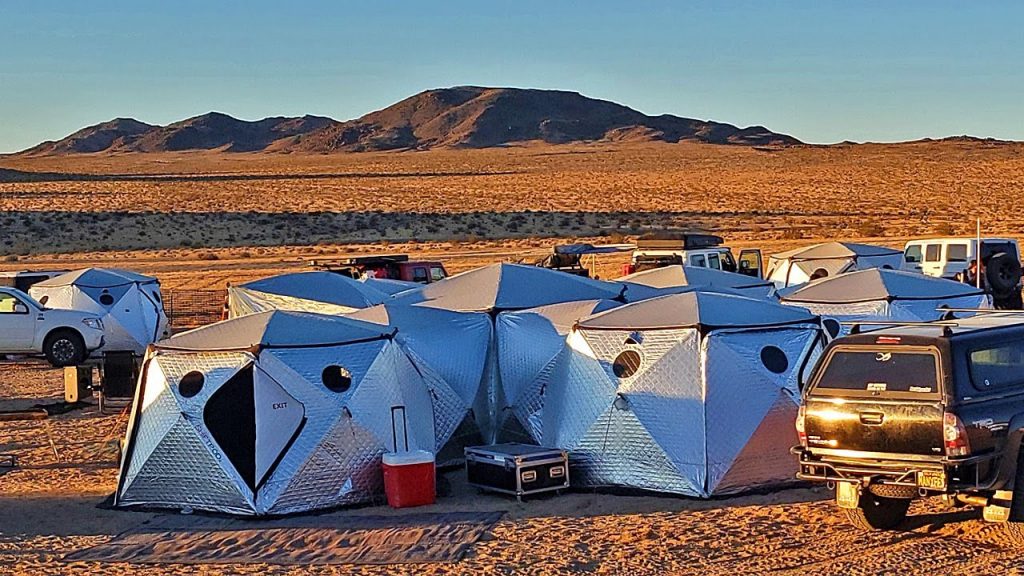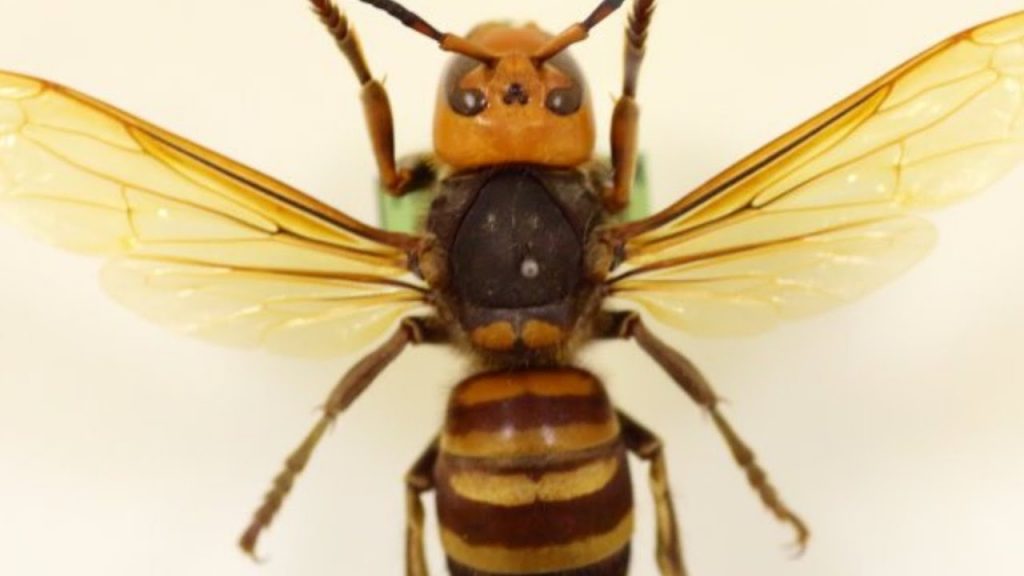Plant this once and have FOOD for 30 YEARS!

Doug and Stacy live in a LOG CABIN and grow and harvest most of their own food. Plant this one time and it will produce food for 30 years.
The grape is a super versatile plant and you can eat the leaf and the fruit.
What are some factors to consider when planting and managing perennial crops?
Plant This Once and Have Food for 30 Years: The Miracle of Perennial Crops
Perennial crops are an important resource for sustainable agriculture and food security. Unlike annual crops, which need to be planted and harvested every year, perennial crops can grow for several years, providing a reliable source of food with less labor, water, and resources. Some perennial crops can even produce food for up to 30 or more years, making them a valuable asset for farmers, gardeners, and communities.
What are perennial crops?
Perennial crops are plants that live for more than one growing season, often growing deeper and more extensive root systems than annual crops. Perennial crops have several advantages over annual crops, including:
– Reducing soil erosion and nutrient depletion: Perennial crops can help to keep the soil in place and retain moisture and nutrients, thanks to their deep roots and year-round presence.
– Providing habitat for wildlife: Perennial crops can attract pollinators, birds, and insects that contribute to biodiversity and ecological resilience.
– Saving labor and resources: Perennial crops don’t need to be planted and tilled every year, reducing the energy, time, and money required for cultivation.
– Producing more food per unit of land: Perennial crops can yield more food per acre or hectare than annual crops, especially in areas with limited or variable rainfall or soil fertility.
Examples of perennial crops include:
– Fruit trees, such as apples, pears, figs, and peaches, which can produce fruit for decades with proper care and pruning.
– Nut trees, such as almonds, hazelnuts, and walnuts, which can also produce nuts for many years, often with low inputs and high profits.
– Berry bushes, such as raspberries, blackberries, and blueberries, which can produce berries for 10-20 years or more, depending on the variety and management.
– Perennial vegetables, such as asparagus, rhubarb, and artichokes, which can produce edible shoots or buds for many years, often with less pest pressure and more flavor than annual counterparts.
– Multipurpose trees, such as moringa, neem, and jatropha, which can provide food, fuel, fodder, and medicine, as well as soil improvement and erosion control.
How to plant and manage perennial crops?
Planting perennial crops requires some planning and preparation, but once established, these crops can provide benefits for generations to come. Here are some tips for planting and managing perennial crops:
– Choose the right location: Perennial crops need a site with adequate sunlight, drainage, and soil fertility. Consider the slope, aspect, and microclimate of the site, as well as the proximity to roads, markets, and water sources.
– Prepare the soil: Perennial crops benefit from loosened soil, rich in organic matter and minerals. Add compost, manure, or other amendments to the soil before planting, but avoid over-fertilization or compaction.
– Select the right varieties: Perennial crops have different requirements for climate, soil type, pH, and pests. Choose the varieties that are adapted to your local conditions and have a good track record of productivity and resistance.
– Plant at the right time: Perennial crops can be planted in the fall or spring, depending on the climate and crops. Follow the planting instructions for each crop, and space the plants according to their mature size and growth habit.
– Water and mulch: Perennial crops need water, especially during their establishment phase. Provide enough water to keep the soil moist but not waterlogged. Apply a layer of mulch (such as straw, leaves, or wood chips) around the plants to conserve moisture, suppress weeds, and improve the soil structure.
– Prune and maintain: Perennial crops need some maintenance to stay productive and healthy. Prune the plants to remove dead wood, improve air circulation, and balance the growth. Maintain the soil fertility by adding compost, cover crops, or other organic inputs. Monitor the pests and diseases and take appropriate actions to prevent or control them.
What are the benefits of perennial crops?
Perennial crops offer several benefits for farmers, gardeners, and communities, such as:
– Long-term sustainability and resilience: Perennial crops can provide food, income, and ecosystem services for many years, reducing the risks and costs of crop failures or soil degradation.
– Low-input and low-impact agriculture: Perennial crops require less water, fertilizer, and pesticides than annual crops, reducing the environmental footprint and the risks of contamination and runoff.
– Economic and social benefits: Perennial crops can generate income, employment, and food security for farmers and communities, as well as cultural and aesthetic values for society as a whole.
– Health and nutrition benefits: Perennial crops can provide a variety of fresh, nutritious, and delicious foods, such as fruits, nuts, berries, and vegetables, that contribute to a healthy diet and lifestyle.
Conclusion:
Perennial crops are a promising solution to the challenges of sustainable agriculture and food security. By planting these crops once and maintaining them for several years, we can enjoy the benefits of delicious, nutritious, and abundant food, while preserving the soil, water, and biodiversity of our planet. Whether you’re a farmer, gardener, or consumer, consider the value of perennial crops and support their adoption and expansion. Who knows, you might plant a seed today and harvest the fruits of labor for decades to come!









STRAPPED INTO A SINKING HELICOPTER (with U.S. Marines)
360 Interactive Football Game Flyover
DIY Giant Shower Makeover
Remodeling a bathroom for Under $500 | DIY | How To | Modern Builds | EP. 67
Bullet Ant Gloves